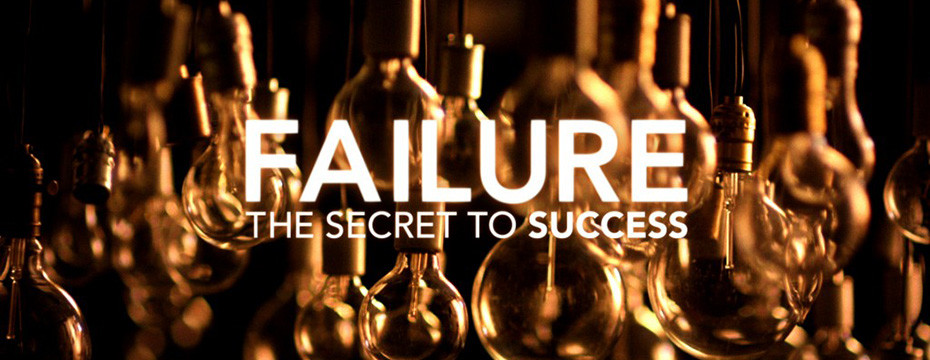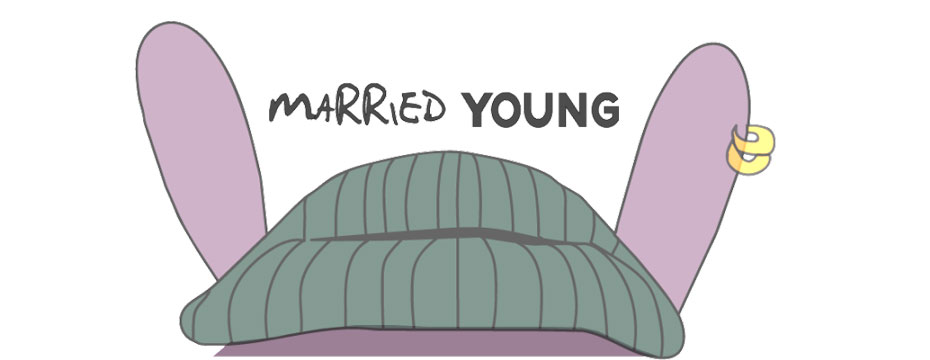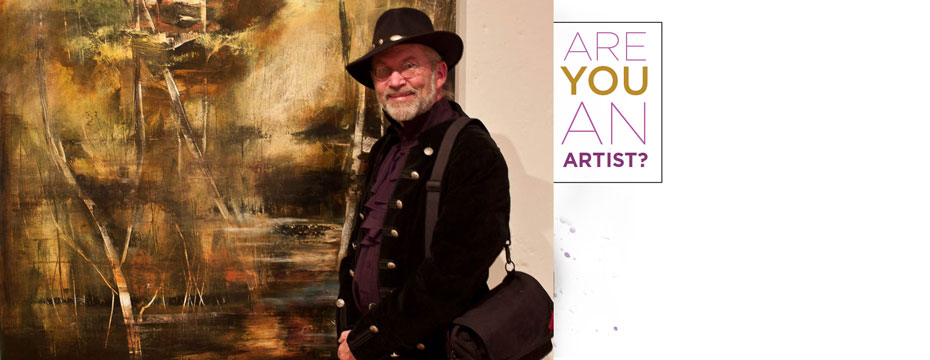
The Value Of Failing
Sergey Brin On Taking Moonshots & The Value Of Failing
Whatever your thoughts on Google (I happen to be a big fan myself), Sergey Brin is not just a hero to a generation of young Americans, he is also one smart dude. In the above video (start at 1:54), Sergey extols the virtues of the value of failing. We’re conditioned from birth to be the best. We’re encouraged to take our first baby steps. To say our first words. To learn to recognize what we want, and prepare ourselves to go out and get it.
“The most necessary task of civilization is to teach people how to think. It should be the primary purpose of our public schools. The mind of a child is naturally active, it develops through exercise. Give a child plenty of exercise, for body and brain. The trouble with our way of educating is that it does not give elasticity to the mind. It casts the brain into a mold. It insists that the child must accept. It does not encourage original thought or reasoning, and it lays more stress on memory than observation.”
― Thomas Edison
Our society as a whole smiles upon success. In fact, careers are made by the degree of, or lack of, success. We drive to win, win, win, win. Everybody wants to be a winner, and everybody loves winners. Nobody cares about failure. Nobody wants to be a looser. In fact, public failure is to be avoided at all costs, for to fail is to limit your chances for advancement in many situations. Apparently, not at Google.
Failure is not a negative in the field of photography. Great photographers failed often. Thousands of hours of difficult experience come before success. You can not avoid the honing of the craft skills through trial and error, rinse and repeat. Or, as Sergey describes their creative development cycle at Google: Fail, but fail rapidly and then move on.
“Vision without execution is hallucination.”
― Thomas Edison
Learn what you can from analyzing each failure, then use that information to make another improved attempt. This SCRUM and AGILE development philosophy has worked wonders for software development. It could do just as much for your photography. It encourages experimenting with new ideas. And at the same time gets them out there “in the flesh” where users can provide feedback. Feedback incorporated into a second attempt can be quite powerful. Or, you may discover that the direction just does not work for you, so you can quickly move onto another direction that does. In the software development world, the critique is vital to the improvements found in the next iteration. The same is true in perfecting a photographic image or technique. Fail many times to understand how to avoid the failure, you drop everything save the success you seek.
Everybody fails at technique, even those of us with years of experience in the field. Photography isn’t an easy craft to master, being as much art as science. Every manufacturer would like us to think their products are automatic and foolproof. They aren’t. There are many workarounds necessary to develop with the release of each new camera body. No camera is perfect. Neither are initial techniques for working with a particular camera. But we can develop better techniques with new attempts after studying our many failures.

From: Photobucket.com
This is true not only in photography, but in filmmaking, writing, painting, music, and every other art form. Craft skills in the arts are first learned, and then honed to perfection by the artist over a lifetime. Basic raw talent may be there from birth, but without training almost never develops to the fullest potential. And never without frequent mistakes.
I say make your mistakes, and enjoy them. Savor your many failures as the secret sauce that sweetens the success even more when it comes. Without frequent failures, I would never be learning anything. Neither will you. So step out there, experiment, and may you fail often.
PLEASE RATE THIS STORY! [ratings]








